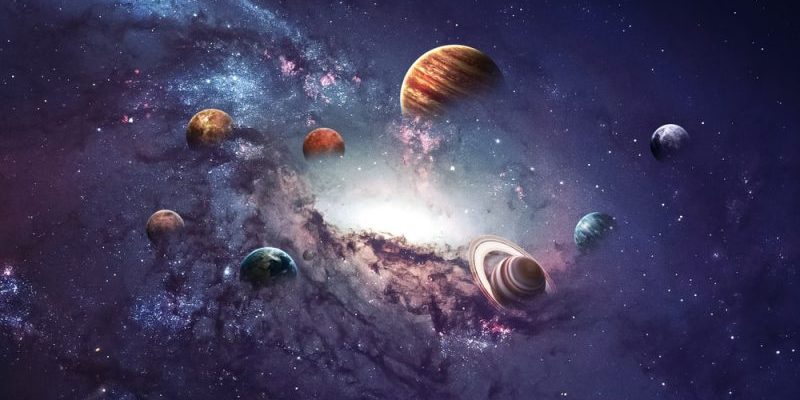Astronomic influences pt.2
Earth
It is 510 million squre km and the lenght of its radius from 6357 km (polar radius) to 6378 km (equatorial radius). Despite this, the Earth is a small in the Universe as a whole.
The northern and southern hemispheres have different conditions in terms of the angle of incidence of light on the surface of the planet, since the Earth´s axis of rotation, the imaginary line that crosses the Earth from pole to pole, has an inclination of 23.4 degrees and the plane of rotation does not coincide with the plane of traslation.
In the course that the Earth maintains around the Sun, there are 4 importnat points of its trajectory, which determine the seasons of the year.
Equinox: Occurs on March 21 and September 22 or 23. It happens that if we observe the pass of the Sun from the Earth, its path would pass through the highest point of the skyand the day would have the longest duration of the year.
The opposite results in the solstice, which occurs around June 21st and December 21st.
Sun
The Sun is a star made of the same materials found in the Earth and the rest of the planets.
In fact, the Earth and all the chemical elements it is made of come from the explosions that formed the stars, such as the sun.
The proportions in the Sun are different. About three-quarters of the Sun mass consists of hydrogen the rest is mostly helium, neon, iron, silicon, magnesium and sulfur.
Like other stars is spherical in shape. Due to its rotational motion, it shows a slight flattering at its poles. Its structure is made up of a tye of concentric layers, each of which has particular characteristics that are mentioned below
Rotation and traslation
The Earth maintains an elliptical orbit around the Sun at an average distance of 150 million km, with a speed of 30 km/s.
Translation
In the case of the Earth, this period (sidereal year) lasts 365.26 days. In other planets it is a shorter or longer depending on its proximity/far from the sun.
Rotation
It consists of the rotation of the planet on its own axis in an eastenty direction (as seen from the North Star).
This cycle lasts 24 hrs. It is delimited by the apparent crossing of the sun over the same meridianvof observation and essentially determines the succession between day and night.
Noche Polar
The polar night is a phenomenon caused by the inclination of the Earth's axis, where the absence of sunlight lasts more than 24 hours in the polar and southern circles. During the polar night, the sun is not high enough to be visible above the horizon in the regions closest to the poles, resulting in weeks and even months of darkness.
It can be seen in Alaska, Norway and Russia.
Moon
The creatng of the Moon affects in the collison that change the orientation of our planet´s rotation axis, which has an angle of 23.5°.
The axis of rotation remained fixed throughout the traslation orbit, always pointing towards the North Star if we are in the northern hemisphere, indicating the north. However the axis presents a movement similar to that of a spinning top when it is rotating
Eclipses
According to scientist the first effect the Moon had on the Earth was to slow down the rotation speed of our planet. Before the Moon was formed the Earth rotated much faste: days lasted 4 hours in total. In fact, it is estimated that it is still slowing down, causing the days to be longer.
One of the most important hypotheses about the origin of the Moon explains that a very large body collided with the primitive Earth and from the material that was ejected into space our satellite was formed.
An eclipse occurs when the path of the Moon on its orbit coincides perfectly with the Earth´s translation plane (ecliptic) and is exactly between the two celestial bodies.
In order to see a total eclipse the observer must be in a regionaligned with the eclipse axis, otherwise he/she will only see a partial one.
In contrast, lunar eclipses occur when the Moon is exactly aligned with the ecliptic and the Earth comes between it and the Sun.
Tides
The moon is bound by the gravitational influence of the Earth but since it also has a considerable mass. It exerts a gravitational force on the Earth that can be recognised in various natural phenomena.



No hay comentarios.:
Publicar un comentario